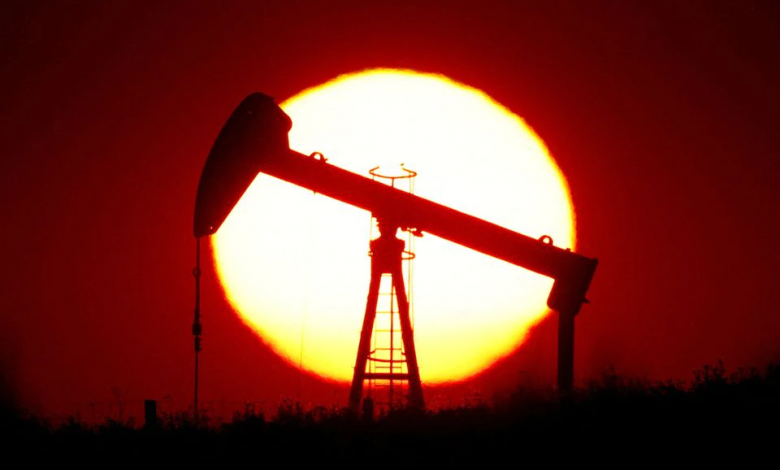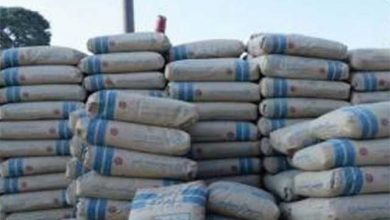Bracing for high oil prices: challenges in 2024

The global oil market, as the adage goes, is predictably unpredictable. However, policymakers in Pakistan, an oil-importing country, cannot afford to be mere spectators. They must actively prepare for various scenarios and study the market’s fundamentals.
While predicting oil prices with absolute certainty is impossible, conducting a thorough analysis of market dynamics is not only advisable but also vital. Recently, the global oil market has seen a marked decrease in prices, providing much-needed relief to Pakistan. From a high of $90 per barrel in September, Brent crude prices dropped to $77 by year-end.
This decline has been instrumental in reducing Pakistan’s import bill and has enabled the government to lower fuel prices, offering much-needed respite to citizens grappling with severe inflation. The big question now is whether oil prices will continue their downward trajectory. Many market experts think this is a likely path. With abundant global oil supplies and concerns over waning demand, some analysts predict lower prices in the future.
Saudi Arabia’s recent reduction in its Arab Light crude price for Asian buyers to the lowest level in 27 months further supports this view. However, it’s important to weigh the possibility of future price drops against other situations. Currently, a scenario where oil prices rise rather than fall seems increasingly likely.
It’s important to acknowledge that despite the recent price fall, oil remains relatively expensive, hovering above $75 a barrel. This price suggests a lack of oversupply and indicates robust demand. A closer examination of the relevant data reflects strong fundamentals of the oil market.
While numerous analysts have moderated their oil demand forecasts, there is a consensus that demand is still climbing and is hovering near record levels.
Read PEOC explores industry resilience
The Paris-based International Energy Agency estimates that global oil demand likely increased by 2.3 million barrels per day (bpd) in 2023, with OPEC’s estimate slightly higher at 2.5 million bpd. Should global economic growth decelerate next year, we can still expect an increase in oil demand, albeit at a reduced pace. However, there is also a possibility of witnessing a robust rise in oil demand in 2024, particularly since central banks in Western countries, including the US, are on track to slash interest rates.
The potential rate cuts, driven by a notable decline in inflation in the West, can stimulate business activities. The State Bank of Pakistan (SBP) is also expected to lower interest rates in 2024, provided inflation begins to subside.
The lowering of interest rates in the developed world can potentially improve the business climate and, consequently, lift oil demand. Examining the supply side reveals somewhat low levels of crude oil inventories in OECD nations. A supply glut is needed to put downward pressure on prices, but that is missing at the moment.
Rather, in some critical regions, crude oil stocks are at below-average levels. For instance, as of January 5, the United States – the world’s largest oil consumer – had 432.4 million barrels of crude oil in inventories, which were 2% below the five-year average, according to the latest report from the US Energy Information Administration.
Now, consider a scenario where robust oil demand coincides with low inventory levels, and OPEC+, responsible for approximately 40% of global oil production, maintains restrained crude oil supplies.
In such a situation, crude oil stockpiles could diminish further, which can push oil prices higher. And when oil prices rise, the prices of refined petroleum products, such as petrol and diesel, also increase. At times, these fuel prices can grow at an even more rapid pace than the crude oil prices.
Read Despite reduction, oil prices still higher
An increase in oil prices could present financial challenges for Pakistan, potentially escalating the import bill and widening the current account deficit. Such increases can also force the government to raise fuel prices, potentially triggering another inflationary cycle and public discontent. In anticipation of such scenarios, policymakers need to prepare proactively. A crucial short-term strategy is ensuring that the country’s oil refineries operate at full capacity, thereby reducing reliance on imported refined petroleum products.
While crude oil imports will continue, enhanced refinery utilisation could substantially lower imports of expensive refined petroleum products.
The government’s introduction of an oil refinery policy aimed at modernising plants and boosting petrol and diesel production was a commendable move. The upgradation and expansion of oil refineries not only hold the potential to eliminate the need for fuel imports but can also transform Pakistan into a fuel exporter.
However, four out of the five local oil refineries have raised concerns about certain policy terms, which need to be addressed. The successful implementation of this policy hinges on giving the industry appropriate incentives in true letter and spirit. Secondly, and crucially, new policies are needed to increase Pakistan’s oil and gas production. Despite not having extensive reserves, the potential of existing resources remains underutilised, partly due to policies that have driven away foreign oil companies.
Challenges such as security concerns, currency devaluation, bureaucratic red tape, high taxation, and obstacles in profit repatriation have deterred foreign investment in the oil and gas sector.
Currently, the oil and gas exploration and production work in Pakistan are mostly carried out by local firms, with state-owned entities playing a dominant role. The SOEs often lack the efficiency and technological prowess of large multinationals.




